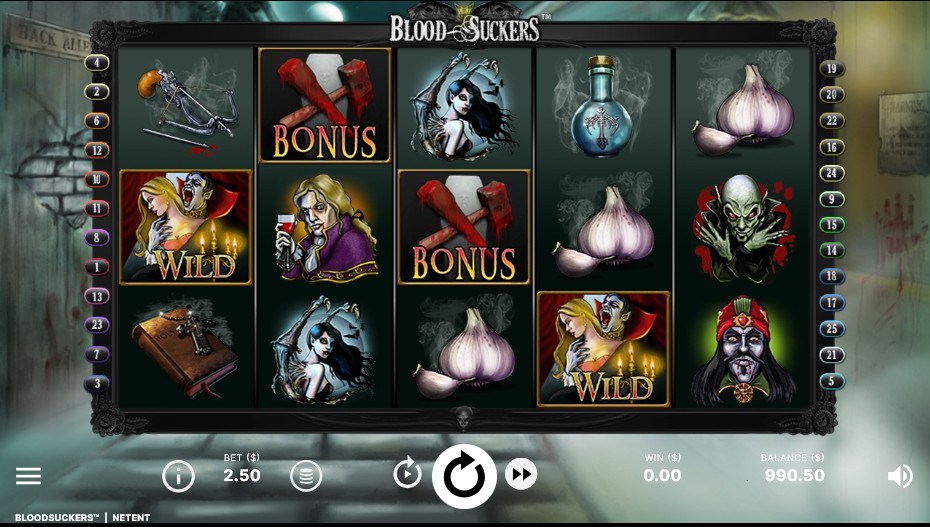Casino enthusiasts face a critical choice when selecting slot games: high or low volatility. This fundamental parameter shapes the entire gaming experience, determining both risk levels and potential rewards. High volatility slots offer tantalizing jackpots but may consume bankrolls quickly during extended dry spells. Low volatility alternatives deliver frequent, modest wins that extend playing sessions. Understanding this spectrum helps players align game selection with their risk tolerance, financial boundaries, and entertainment goals. The volatility decision ultimately reveals much about a player’s gambling psychology.
Key Takeaways
- High volatility slots offer large, infrequent payouts with ~20% hit frequency, requiring patience and larger bankrolls.
- Low volatility slots provide consistent small wins with ~40% hit frequency, extending gameplay for entertainment-focused players.
- Volatility choice depends on personal risk tolerance, bankroll size, and whether you prioritize jackpots or playtime.
- Popular high volatility games include “Book of Dead” while low volatility options include “Starburst” and “Blood Suckers.”
- Medium volatility slots balance the experience with moderate-sized wins at reasonable intervals.

Understanding Slot Volatility: The Risk-Reward Balance
The fundamental concept of slot volatility represents the mathematical relationship between payout frequency and prize magnitude that defines every slot game’s risk profile. This risk-reward balance directly influences player engagement across different gaming strategies.
High volatility slots deliver substantial payout sizes but with extended periods between wins, appealing to risk-tolerant players seeking significant returns. Conversely, low volatility slots generate consistent smaller wins, maintaining steady engagement through higher frequency of wins. This distinction creates fundamentally different playing experiences.
Effective bankroll management requires recognizing slot volatility before play begins. Players can reach educated conclusions by examining win patterns, payout tables, and developer-provided information. This analysis allows gamblers to align their risk tolerance with appropriate games, ultimately enhancing satisfaction and potentially extending gameplay duration.
High Volatility Slots: Big Wins With Patience
High volatility slots represent the calculated gambler’s approach to potentially life-changing payouts, demanding both strategic patience and psychological resilience. These games operate on a hit frequency of approximately 20%, meaning players secure winning combinations only once every five spins on average.
Games like “Book of Dead” and “Big Bass Splash” deliver substantial payouts exceeding 100% return during favorable streaks, compensating for extended dry periods. The allure lies in their jackpots and special bonuses, which dramatically amplify potential rewards when fortune strikes.
Success requires proper bankroll management, as significant capital is necessary to weather inevitable downswings. Players embracing high volatility slots must accept the fundamental risk-reward proposition: endure long periods without returns for the opportunity to claim dramatically larger payouts than their low-volatility counterparts.

Low Volatility Slots: Steady Gameplay and Consistent Payouts
Unlike their high-risk counterparts, low volatility slots offer players a more sustainable gambling experience characterized by frequent, modest payouts and extended gameplay sessions. These games boast a high hit frequency of approximately 40%, delivering consistent payouts averaging around £0.60 per £1 wagered.
Popular titles like Starburst and Blood Suckers cater to casual gamers embracing a relaxed gaming style rather than pursuing massive jackpots. The steady gameplay pattern allows players looking for entertainment value to stretch their bankroll significantly longer, creating a balanced risk-reward proposition.
This category of slots particularly appeals to those who prioritize engagement over speculation, providing regular reinforcement through frequent wins. The mathematical design behind these games carefully calibrates satisfaction through persistent small victories rather than rare substantial payouts.
Finding Your Ideal Volatility Based on Playing Style
Selecting which slot volatility best suits a player depends primarily on their risk tolerance, financial resources, and desired entertainment experience. Those with substantial bankroll reserves may gravitate toward high volatility games, where payouts tend to be less frequent but more substantial, requiring patience through dry spells.
Conversely, players preferring extended session times with minimal risk find low volatility slots advantageous, with their 40% hit frequency providing consistent engagement. Medium volatility offers a balanced approach, blending regular wins with occasional larger payouts that satisfy both strategic and entertainment needs.
Player preferences ultimately determine the best choice: thrill-seekers who value jackpot potential over consistent returns align with high volatility options, while those seeking steady gameplay prefer low volatility machines. Regardless of RTP values, aligning slot machine’s volatility with personal playing style maximizes satisfaction.
How Volatility Affects Your Bankroll Management
Managing your bankroll effectively requires a thorough understanding of slot volatility and its direct impact on your gambling capital. High volatility slots demand substantial reserves to weather extended periods without payouts, though they offer tantalizing larger payouts when fortune strikes. Players tackling these games should implement strict financial limits to survive inevitable dry spells.
Conversely, low volatility options provide frequent wins that sustain longer gameplay periods. The higher hit frequency allows players to extend sessions with smaller bets, making these games ideal for those with constrained resources seeking extended entertainment value.
Smart bankroll management adapts to volatility levels—allocating larger reserves for high-risk pursuits while allowing moderate stakes for lower-risk games. This balanced approach guarantees players maximize enjoyment while maintaining control over their financial exposure across varying gameplay experiences.
Popular Slots Across the Volatility Spectrum
The global slots market showcases a diverse array of games that exemplify different volatility profiles, giving players concrete options to immerse their bankroll strategies. Software developers carefully design these volatility profiles to cater to different player preferences and risk appetites across their game portfolios. High volatility slots like “Book of Dead,” “Immortal Romance,” and “Lightning Link” feature a lower hit frequency of approximately 20%, but deliver significant wins for risk-tolerant players seeking larger jackpots.
At the opposite end, low volatility slots such as “Starburst,” “Blood Suckers,” and “Thunderstruck II” offer frequent payouts with a higher hit frequency around 40%, providing steady wins that preserve bankrolls longer.
Medium volatility options including “Fishin Frenzy the Big Catch” and “Eye of Horus” strike a balance between risk and reward, delivering regular medium-sized payouts that appeal to a broad spectrum of player preferences across varying risk appetites.



